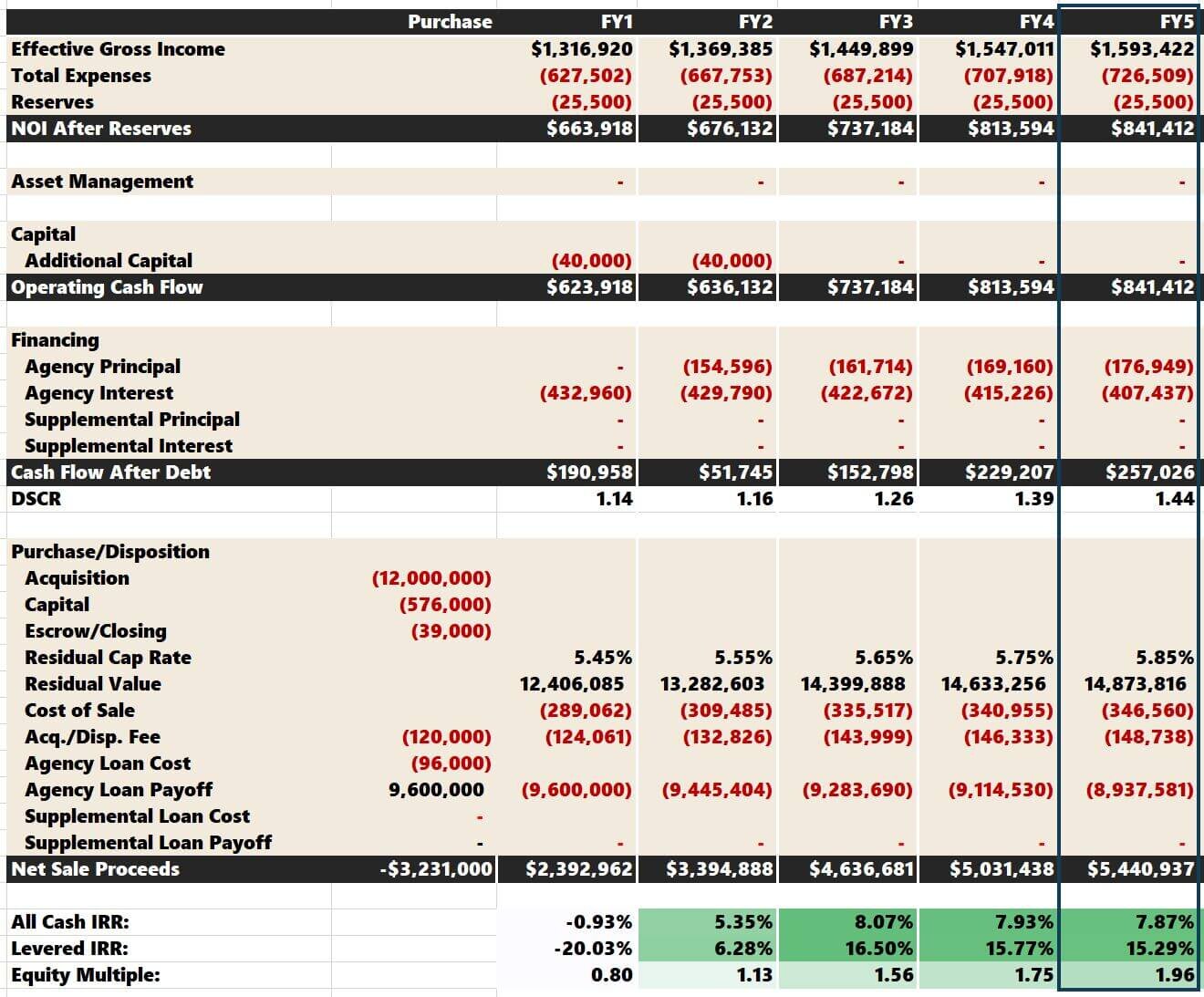Home>Finance>Attribute Sampling: Definition, Purpose, And How It Works


Finance
Attribute Sampling: Definition, Purpose, And How It Works
Published: October 10, 2023
Learn the meaning, importance, and process of attribute sampling in finance. Discover how it helps businesses analyze data and make informed decisions.
(Many of the links in this article redirect to a specific reviewed product. Your purchase of these products through affiliate links helps to generate commission for LiveWell, at no extra cost. Learn more)
Attribute Sampling: Definition, Purpose, and How It Works
Welcome to another informative blog post in our FINANCE category! Today, we are diving into the world of attribute sampling – an essential technique used in finance and accounting to make informed decisions and assess the effectiveness of internal controls. Whether you are a financial professional, a student, or simply curious about auditing practices, this post will provide you with a clear understanding of attribute sampling, its purpose, and how it works.
Key Takeaways:
- Attribute sampling helps auditors estimate the frequency of occurrences of a specific attribute within a population.
- By applying statistical techniques to a sample, auditors can make inferences about the entire population with a certain level of confidence.
What is Attribute Sampling?
Attribute sampling is a statistical technique used to evaluate the quality, effectiveness, or compliance of a population based on a sample. It involves selecting a subset of items or transactions from a larger data set and examining them for the presence or absence of a specific attribute or characteristic.
To put it simply, attribute sampling allows auditors to determine whether a particular attribute exists or does not exist in a population, providing valuable insights into the overall population’s compliance or adherence to a given standard or requirement.
The Purpose of Attribute Sampling
Now that we have a general understanding of what attribute sampling is, let’s explore its purpose and why it is a crucial tool in finance and accounting.
1. Assessing Internal Controls: Internal controls are measures put in place by organizations to ensure accurate financial reporting, prevent fraud, and maintain compliance. By using attribute sampling, auditors can evaluate the effectiveness of internal controls by examining a sample of transactions for control weaknesses or deviations from established procedures.
2. Drawing Conclusions about a Population: Attribute sampling allows auditors to draw conclusions about an entire population based on a smaller sample. By applying statistical techniques to the sample, auditors can estimate the frequency of the attribute within the population and provide insights into the overall population’s characteristics.
How Does Attribute Sampling Work?
To perform attribute sampling, auditors follow a structured process that ensures reliable results. Here is a generalized outline of how attribute sampling works:
- Define the Objective: Clarify the objective of the attribute sampling, such as evaluating internal controls.
- Determine the Population: Identify the population containing the items or transactions to be sampled.
- Select the Sample Size: Determine the number of items to be included in the sample, considering factors such as confidence level and desired precision.
- Randomly Select the Sample: Use a random selection method to ensure the sample is representative of the population, minimizing selection bias.
- Analyze the Sample: Examine each item in the sample to determine whether the attribute of interest is present or absent.
- Calculate the Confidence Level: Apply statistical analysis to the sample results to estimate the attribute’s frequency and draw conclusions about the population.
- Report Findings: Finally, report the findings, including any identified control weaknesses or compliance issues, providing recommendations for improvement.
By following this structured approach, auditors can ensure that attribute sampling provides reliable results, allowing informed decision-making and the identification of areas for improvement within an organization’s financial processes.
Conclusion
In summary, attribute sampling is an integral part of finance and accounting, allowing auditors to assess internal controls and draw accurate conclusions about an entire population based on a smaller sample. By using attribute sampling, auditors can gain valuable insights into compliance, detect control weaknesses, and inform decision-making processes. By understanding how attribute sampling works, financial professionals can utilize this technique to ensure accurate reporting and maintain the integrity of an organization’s financial operations.














